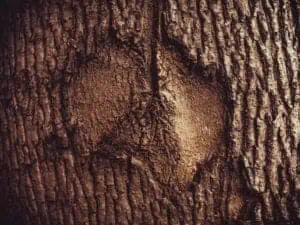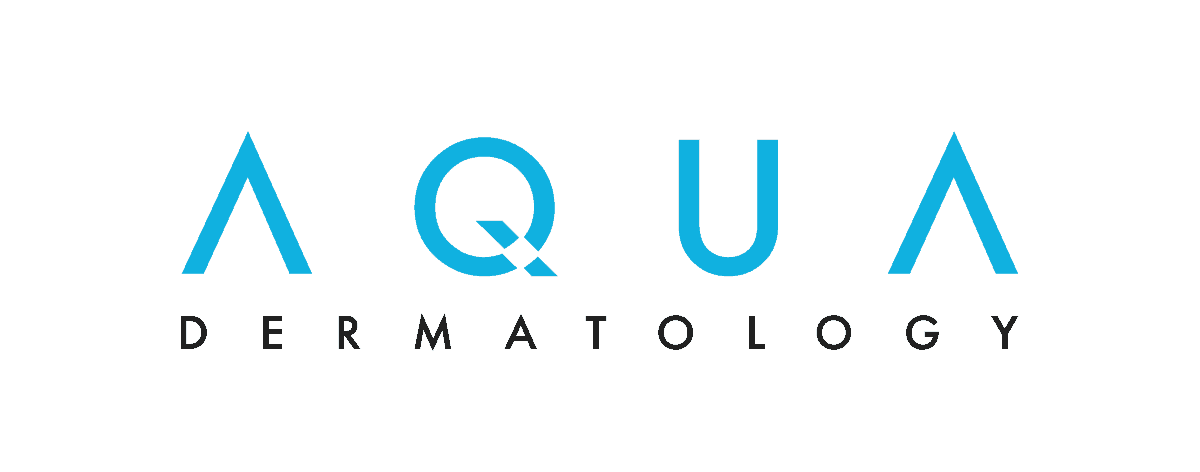What You Can Do to Reduce the Appearance of Scars

The skin is the largest organ in the body. Its size and location makes it more likely to suffer harm and injury than any other organ. Just think of how many times you’ve hurt your skin with a burn, a cut or a scrape, compared to the times you’ve injured other other parts of your body.
Skin protects us, but not without leaving a mark. Depending on the extent of the injury, a scar will often form. Scars develop as a part of the natural healing process. How visible they are depends on their type and how you cared for the wound as it healed. Whether you want to prevent future scars from becoming very obvious, or are looking for a way to reduce the appearance of existing scars, here’s what you can do.
Understand the Different Types of Scars
How the skin is injured and the way it responds to an injury determines the type of scar. Generally speaking, there are three types of scars.
The first type is hypertrophic scars. These are raised and usually develop right after the wound begins to heal. They form as a result of an overproduction of connective tissue. Having an infection or other problem with a wound or incision can increase the chance of a hypertrophic scar forming.
Keloid scars are in some ways similar to hypertrophic scars. They are also raised and develop because of an overproduction of connective tissue. The key difference between keloid and hypertrophic scars is that keloid scars continue to grow. They often extend beyond the bounds of the original wound or incision and can become significantly larger than the original injury.
The third type of a scar is an atrophic scar. While keloids and hypertrophic scars are raised, atrophic scars are sunken into the skin. They often develop after cases of chickenpox or acne. The scars form because an insufficient amount of collagen is produced during the healing process.
Reducing the Chance of Scarring
How you care for a wound or a surgical incision can affect whether or not a prominent scar develops. You might not be able to fully prevent a scar from forming, but you can take steps to reduce its visibility.
After surgery or injury to the skin, it’s important to keep the area as clean as possible. Cleaning the area reduces the risk of a bacterial infection. It’s also important to keep the wounded area moist. You can use a product such as petroleum jelly over the surface of the wound or incision area to prevent it from becoming too dry. The moisture keeps a scab from forming, which reduces the chance of scarring.
Once the incision or injury has healed, it’s important to protect it from the sun. Sun exposure can cause darkening of the skin and can prolong the duration of the visible scar. Wearing a sunscreen with an SPF of at least 30 every day will help protect the wounded area from scarring and help protect your skin from other types of sun damage.
How to Treat Existing Scars
If you’ve already got a scar and it is interfering with your life, either by restricting your movements or making you feel self-conscious, it’s often possible to treat it and improve its appearance.
Some scar treatment options focus on resurfacing the skin. The treatments use either laser beams or radio frequency energy to remove old, damaged skin cells and to stimulate collagen production. Scar resurfacing treatments often help with other common skin concerns, such as redness and pore size.
The scar treatment option that’s best for you depends in part on your skin type and the type of scar you have. If you have a light complexion, you can most likely choose between laser or radiofrequency treatments. Since laser light can cause lightening of the skin, people with darker complexions might be better of choosing a radiofrequency treatment, such as eMatrix, to treat scarring.
How many treatments a person needs to minimize the appearance of a scar depends on the treatment chosen. For example, a person typically only needs a single CO2 laser treatment to get full results, but might need a series of treatments with eMatrix or a lower-powered laser before they see the change they want.
If you’re ready to say goodbye to scarring, it’s important to choose the right doctor. Dr. Diane Walder is a leading dermatologist in the US. She offers a wide variety of scar resurfacing treatments at her practice in Miami and can help you decide which one is most appropriate for you. To schedule a consultation with Dr. Walder or one of her associates, call 305-866-2177 today.


